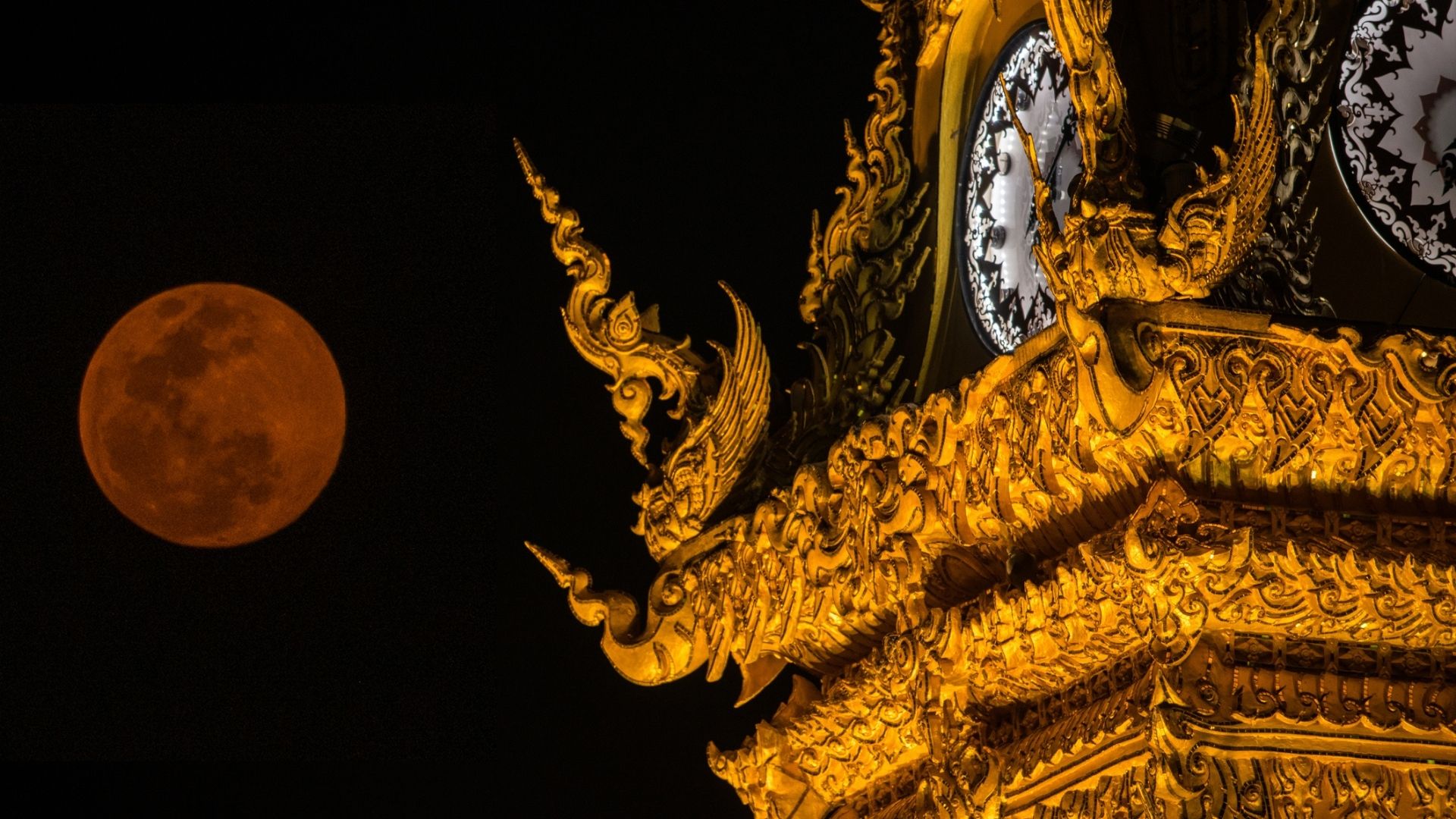Thousands of starlings form 'bent spoon' swarm over Israel
Starlings travel in large, chaotic flocks called murmurations. Sometimes, they paint the sky with all-too familiar shapes.

For a brief moment in Israel last week, an enormous black shape resembling a twisted teaspoon darkened the sky.
This was not the work of a spoon-bending telepath, but arguably something much cooler: tens of thousands of migrating starlings, swooping and swarming through the sky together in a type of collectively steered flock called a murmuration.
Albert Keshet, a wildlife photographer based in Israel, saw the stunning scene after spending more than five hours recording starlings in the northern Jordan Valley during the last week of 2021. At one point, he saw an entire flock of several thousand starlings take flight, dance through the sky and form an unmistakable spoon shape.
"They held it for a few seconds, then the shape changed to a bent spoon," Keshet told the BBC. A few seconds later, the flock had morphed again — then again, and then again. (You can watch a video showing off the flock's most impressive patterns on Keshet's YouTube page.)
Starlings are migratory birds that appear over the arid cliffs of Israel every winter, when their typical European haunts become too frosty. A single flock, or murmuration, can contain more than a million individual starlings, Live Science previously reported.
How does a flock so big remain so cohesive amidst their swirling aerial acrobatic routines? According to a study published in 2013 in the journal PLOS Computational Biology, each bird gets its bearings by monitoring the behavior of just six or seven other birds flying nearby. This focus on close neighbors strikes a balance between group cohesion and individual uncertainty, making it possible for a flock of 100,000 birds to suddenly swarm into, say, a spoon shape, then break ranks and regroup in an entirely different pattern moments later.
Impressed? Uri Geller — the Israeli entertainer best known for trying to bend spoons telepathically — certainly was. Geller shared Keshet's spoony murmuration photo on Instagram and, according to the BBC, put framed prints of the flock in his recently opened museum in Jaffa, Israel.
Get the world’s most fascinating discoveries delivered straight to your inbox.
Originally published on Live Science.

Brandon is the space / physics editor at Live Science. With more than 20 years of editorial experience, his writing has appeared in The Washington Post, Reader's Digest, CBS.com, the Richard Dawkins Foundation website and other outlets. He holds a bachelor's degree in creative writing from the University of Arizona, with minors in journalism and media arts. His interests include black holes, asteroids and comets, and the search for extraterrestrial life.
 Live Science Plus
Live Science Plus





